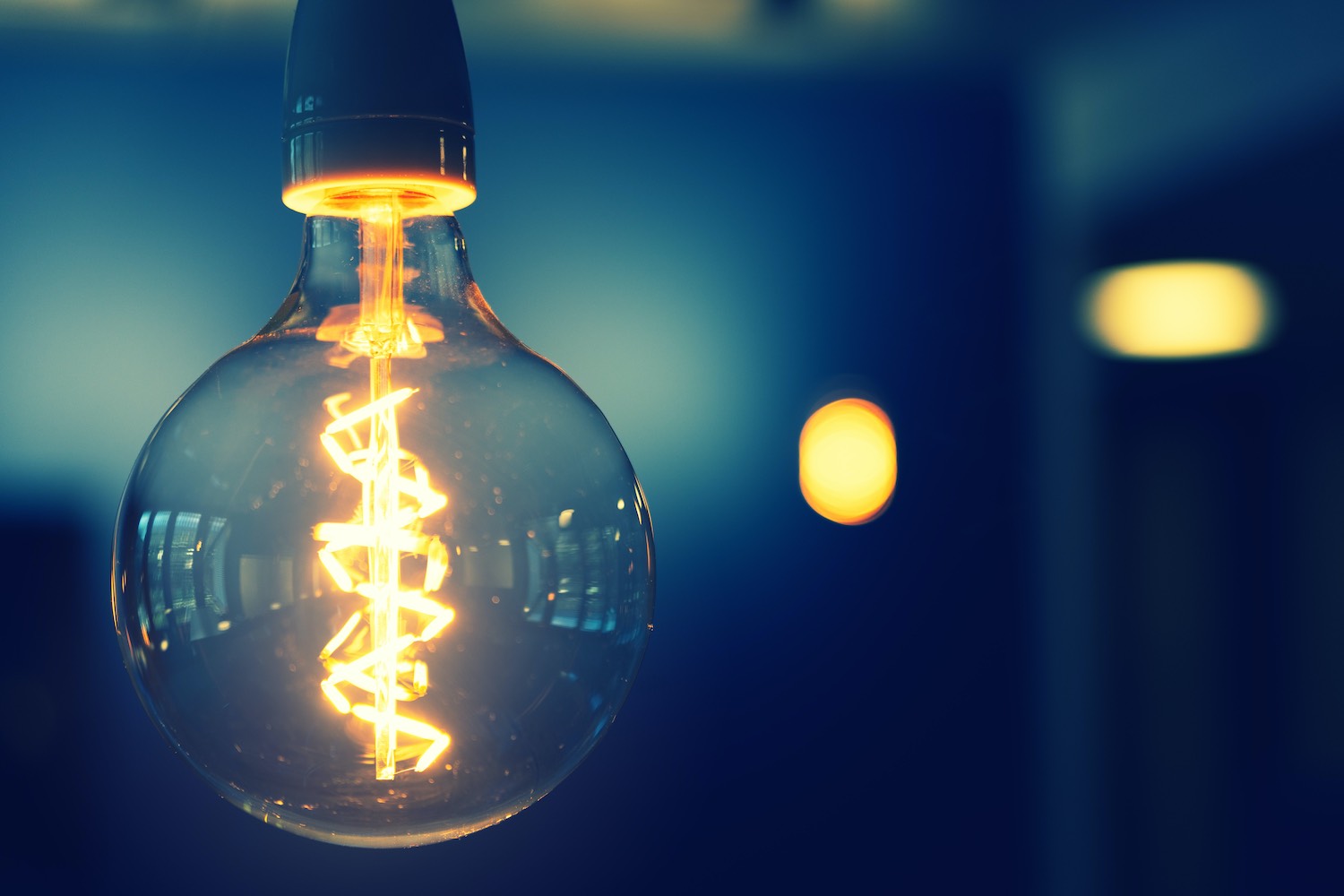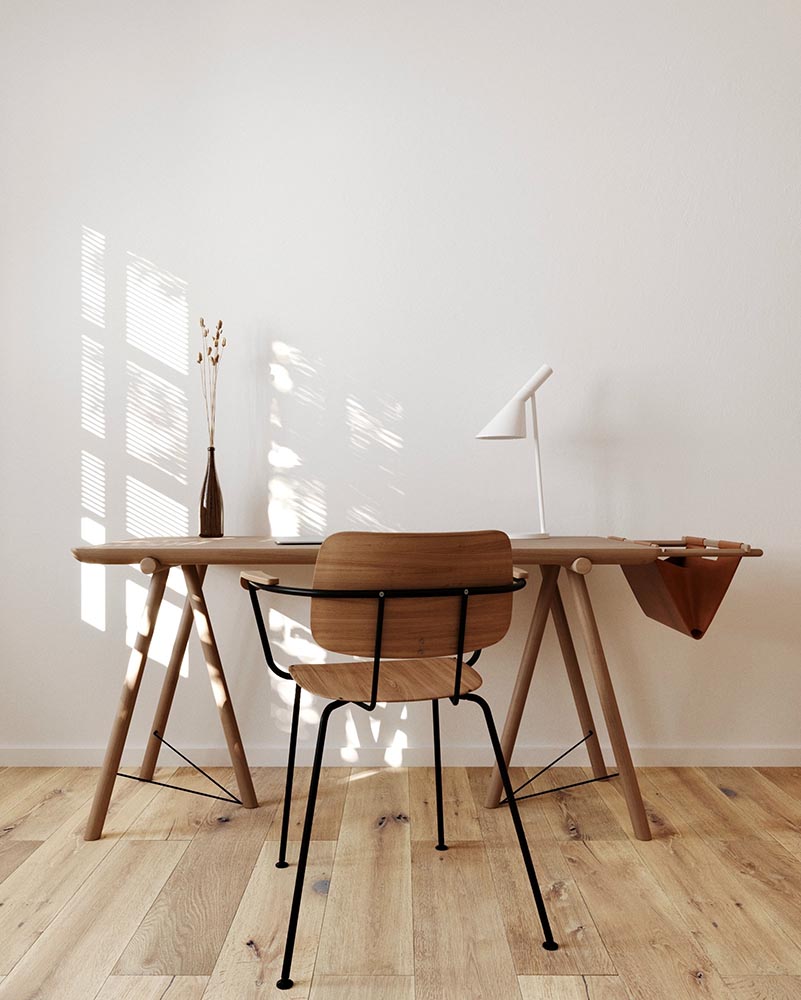
Illuminate Your Art: A Guide to Lamps for Drawing
The Importance of Proper Lighting for Drawing
When it comes to creating art, the right tools are essential. While many artists focus on the perfect brush or pencil, few give much thought to the lighting they use. However, the right lamp can make all the difference in your drawings. Not only can it help you see your subject more clearly, but it can also create a more comfortable working environment.
In this article, we will explore the different types of lighting and how to use them when drawing. Whether you’re an amateur artist or going to school, this guide will provide valuable information for anyone looking to illuminate their art.
Different Types of Light
There are three types of light: natural light, artificial light, and mixed light.
Natural light is by far the best kind of light for drawing. It comes from the sun and casts a soft, even glow. However, natural light cannot be controlled, as it changes depending on the time of day and weather conditions.
Artificial light is the most common type of lighting at a desk, in a classroom, or a studio. It is easily controlled and comes in a variety of colors and intensities. However, artificial light can be very taxing on the eyes and can cause fatigue when used for extended periods.
Mixed light is a combination of natural and artificial light. It is very versatile and can be adapted to your needs.
Drawing in Natural Light
What time of day is best for drawing and how should you position yourself to take advantage of it?
The best time of day to draw with natural light is bright morning through late afternoon. Toward the evening, however, when the sun goes down, you shouldn’t draw exclusively with natural light. If it gets too dark, you strain your eyes unnecessarily and this can be unpleasant and harmful in the long run. I, for example, quickly get headaches and am forced to stop drawing.
A north-facing room is considered the best room for drawing, as there is a lot of indirect light here that does not cast harsh shadows and naturally illuminates your room evenly. Again, you should only draw when the sun is high.
Also, stay near a window and make sure your drawing hand doesn’t cast a shadow on the paper.

Photo from Denys Striyeshyn on Unsplash
Drawing in Artificial Light
Artificial light should be used when the daylight is too dim or the sun has gone down. It is used to simulate natural light.
If you use artificial light, you should use daylight lamps to avoid eye fatigue. Artificial light from cheap lamps can be very tiring on the eyes. High-quality daylight lamps, on the other hand, produce a natural light that is easy on the eyes.
You can buy daylight lamps in various stores or online stores. You don’t have to look specifically for lamps for artists. For example, I use a daylight lamp that is a video lamp.
For a long time, I thought my ordinary standing lamp from a Swedish furniture store would be enough, but it stands extremely awkwardly and casts a very warm light on the paper, which is extremely unfavorable when working with colors because the colors look different. With the daylight lamp from Raleno, on the other hand, I can optimally illuminate my desk with neutral light, which is very practical for video recordings in addition to drawing and painting.
Drawing in Mixed Light
In general, you should add artificial light to natural light whenever it gets too dark to draw with natural light alone. Place your artificial light so that your drawing hand does not cast shadows on the paper.
The combination of artificial and natural light has the advantage that you have more control over the lighting conditions, that it is more even and that it is more comfortable for your eyes. For best results, match the artificial light to the natural light.
Final Tips
Now that you know the different types of lighting and how they can affect your drawing, here are some final tips on how to get the most out of your lighting:
- Experiment with different light sources and light levels to find out what works best for you.
- If you use artificial lighting, take frequent breaks to give your eyes a rest.
- Stand or sit near a window when drawing with natural light.
- Add artificial light when it gets too dark outside.
- Match the artificial light to the natural light for the best results.
Photo from Johannes Plenio on Unsplash
Similar Posts